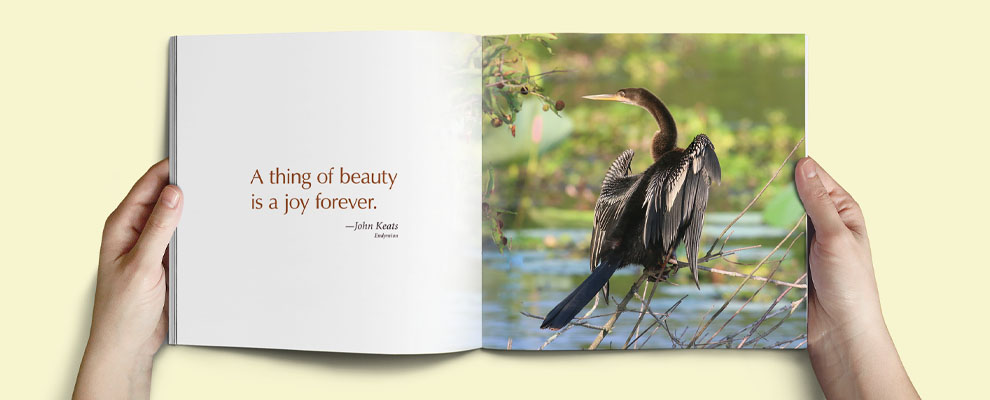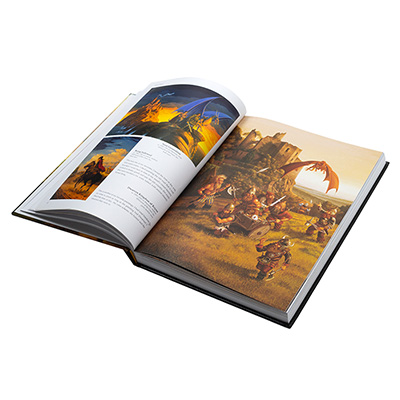The Complete Checklist for Printing a Successful art book
The Complete Checklist for Printing a Successful art book
Blog Article
Understanding the Refine Behind High-Quality Art Book Printing for Art Lovers
When it comes to top quality art book printing, comprehending the complexities of the process can elevate your admiration for the final product. As you explore the numerous elements of art book printing, you'll uncover understandings that might transform your point of view on art conservation and presentation.
The Significance of Paper Selection in Art Book Printing
When it involves art book printing, the choice of paper can make or break the end product. You desire your artwork to shine, and the ideal paper improves color vibrancy and information. Take into consideration elements like weight, appearance, and finish; these elements considerably affect exactly how visitors regard your work.
For example, a heavier supply shares quality and toughness, while a textured coating can add deepness to photos. Smooth paper is excellent for in-depth reproductions, allowing fine lines and refined tones to show up crisp.
Do not forget the paper's illumination; a brighter sheet can assist shades pop, making your art more captivating. You'll likewise wish to assume concerning how the paper connects with inks and whether it can take care of the printing procedure without deforming or bleed-through. Eventually, selecting the ideal paper sets the stage for your art, ensuring it records the audience's attention just as you visualized.
Picking the Right Inks for Vivid Reproductions
Choosing the best inks is just as essential as picking high quality paper to attain vivid reproductions in your art book. When you're printing art work, you want colors that stand out and accurately represent the initial piece. Choose inks with a high pigment concentration; these tend to create richer and more saturated shades.
You might take into consideration utilizing historical inks, which withstand fading with time, ensuring your art book continues to be as striking as the day it was printed. If you're dealing with photographs or electronically produced art, pigment-based inks can supply a wider color gamut, improving information and depth.
Do not forget the coating! Matte and glossy inks can drastically alter the appearance of your art work, so consider the appearance you're aiming to accomplish - art book. Eventually, the ideal ink option complements your paper selection, producing a spectacular visual experience for your viewers
The Function of Color Monitoring in Publish Quality
Color administration plays an essential function in accomplishing high print quality for your art book. It assures that the shades you see on your screen convert precisely to the printed page. Without efficient color management, your lively artworks might show up boring or distorted, weakening your innovative vision.
Next off, make use of color profiles tailored for your printer and paper type. These accounts lead the printer in reproducing shades precisely, reducing disparities in between electronic and printed variations.
When you prepare your data, take into consideration using a shade space like Adobe RGB or CMYK, relying on your printer's requirements. Constantly proof your work, as well; a test print can expose any prospective shade problems before the final run. By focusing on shade monitoring, you protect the integrity of your art, assuring your target market experiences it as you planned.

Understanding Different Binding Methods
Achieving the ideal appearance for your art book surpasses color management; binding techniques also play a considerable function in its total presentation and toughness. You have a number of options to examine, each with its very own distinct qualities.
If you're aiming for an expert feel, case binding supplies a durable choice with a difficult cover, ideal for showcasing your artwork. On the other hand, excellent binding provides a versatile spinal column while keeping costs down, making it a popular choice for softcover books.
Spiral binding allows your art book to lay flat, which is excellent for displaying photos without blockage. Saddle stitching is ideal for smaller sized pamphlets, giving a tidy finish without the bulk.
Ultimately, the binding strategy you select should Discover More Here reflect your artistic vision and how you desire viewers to involve with your work. Ensure to consider these choices meticulously to accomplish the finest result for your project.
The Impact of Publish Dimension and Layout on Presentation
While the selection of print size and design might appear second to material, they greatly influence exactly how your art work is viewed. The measurements of your prints can either enhance or diminish the effect of your pieces. Larger prints can draw viewers in, enabling them to appreciate intricate details, while smaller styles might need more intimate engagement.

Preservation Methods for Long-lasting Art Books
To ensure your art publications stand the examination of time, it's crucial to execute reliable preservation strategies. Usage acid-free storage space boxes or safety sleeves to protect them from dust and physical damage.
When handling your publications, always clean your hands or put on cotton gloves to avoid oils and dust moving onto the pages. Avoid flexing or wrinkling the spines; rather, make use of book sustains when presenting them.
For added protection, take into consideration spending in archival-quality materials for any repairs or enhancements. Frequently examine your collection for indicators of wear or damage, attending to problems without delay. By adhering to these simple approaches, you can assure your art publications remain lively and available for years to find, protecting their charm and worth for future generations.
Collaborating With Printers for Optimal Outcomes
When you're prepared to publish your art book, selecting the best printer is important to accomplishing your vision. Clear communication regarding your expectations and requirements will certainly assist guarantee that both you and the printer are on the very same page. Let's explore how to make this cooperation as seamless and reliable as possible.
Selecting the Right Printer

Efficient Communication Strategies
Reliable communication is necessary for transforming your art book vision read more right into truth, particularly when working together with printers. art book. Start by plainly detailing your task's objectives, including style elements, recommended products, and any type of particular printing methods. Don't wait to share your motivations and referrals; this helps the printer you could try this out understand your aesthetic
Be open to feedback, as printers commonly have important understandings that can improve your task. This partnership will ensure that your art book satisfies your assumptions and beams in its last kind.
Often Asked Questions
What Are Typical Mistakes to Stay Clear Of in Art Book Printing?
When printing your art book, stay clear of usual errors like poor resolution pictures, incorrect shade profiles, and disregarding page layout. Don't forget to proofread and ascertain details to validate your last product meets your expectations.
How Does Digital Printing Differ From Typical Printing Techniques?
Digital printing utilizes electronic data to create prints straight, permitting quicker turn-around and customization. In comparison, traditional methods include physical plates, which can be taxing and much less adaptable for tiny runs or special layouts.
What Is the Typical Turnaround Time for Art Book Printing?
The common turnaround time for art book printing differs, however you can anticipate it to take anywhere from a few weeks to numerous months. Factors like intricacy, amount, and printing technique all affect this timeline.
Can I Publish a Limited Edition Art Book Economically?
You can print a minimal version art book financially by selecting cost-efficient products, maximizing print runs, and using electronic printing options. Mindful preparation and budgeting will certainly aid you accomplish top quality without spending beyond your means.
What Are the Environmental Factors To Consider in Art Book Printing?
When thinking about art book printing, you should consider environmentally friendly materials, sustainable inks, and energy-efficient processes (art book). Picking neighborhood printers can also minimize your carbon impact, making your task both attractive and ecologically accountable
Report this page